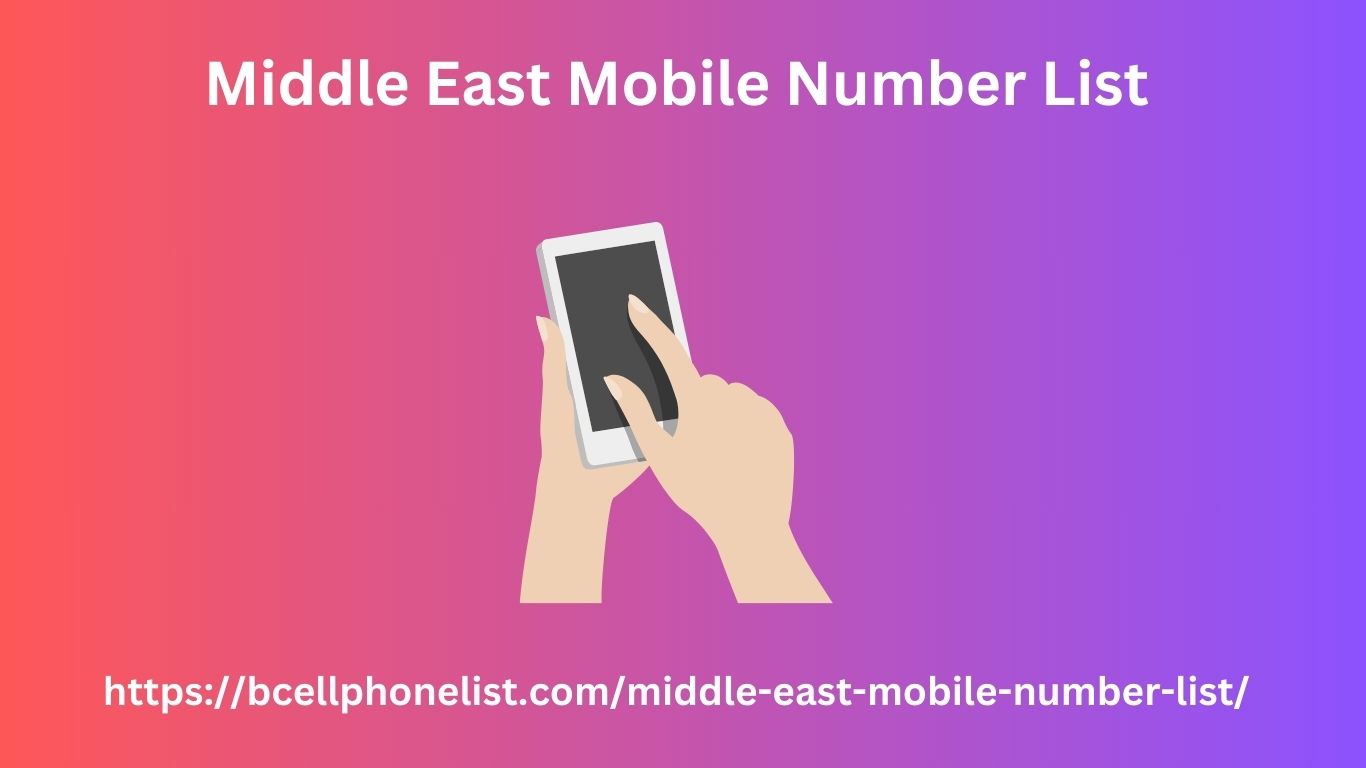|
|
that transmit their SEO value to other pages. This is what a nofollow link looks like: How to fix it: Locate “Nofollow attributes in outgoing internal links” in the “Warnings” section of your Internal Links report. Internal nofollow links Next, remove the rel=“nofollow” attribute as needed. You can make this setting for the entire site or link by link. If necessary, contact your developer. Pro Tip: You could strategically add the nofollow attribute to links pointing to internal pages that don't provide SEO value.
You don't want indexed. 4. Orphan pages The problem: an orphan Middle East Mobile Number List page is a page without a link from another of your pages. Since Google crawls (i.e. finds) pages through links, it generally has a harder time finding orphan pages. What happens if Google can't find your orphan page? The page will not be indexed, meaning it will not appear in search results. See in this illustration how the orphan pages float on their own: Orphan pages How to solve it: If an orphan page has value, integrate it into your internal linking strategy.

To find orphan pages, look for the “Orphan Pages in Sitemap” error in the “Reviews” section of your Internal Links report. Orphaned sitemap pages Next, create a link from another page (just make sure that page isn't orphaned itself, otherwise the problem will persist). If the page has no value, consider removing it, redirecting it, or adding a "noindex" tag . “Noindex” tags prevent Google from indexing a page. Therefore, this page will not appear in search results. 5. Pages with only one inbound internal link The problem: The “Internal Links” section tells search engines which pages are important. So, the more inbound internal links a page has, the easier.
|
|